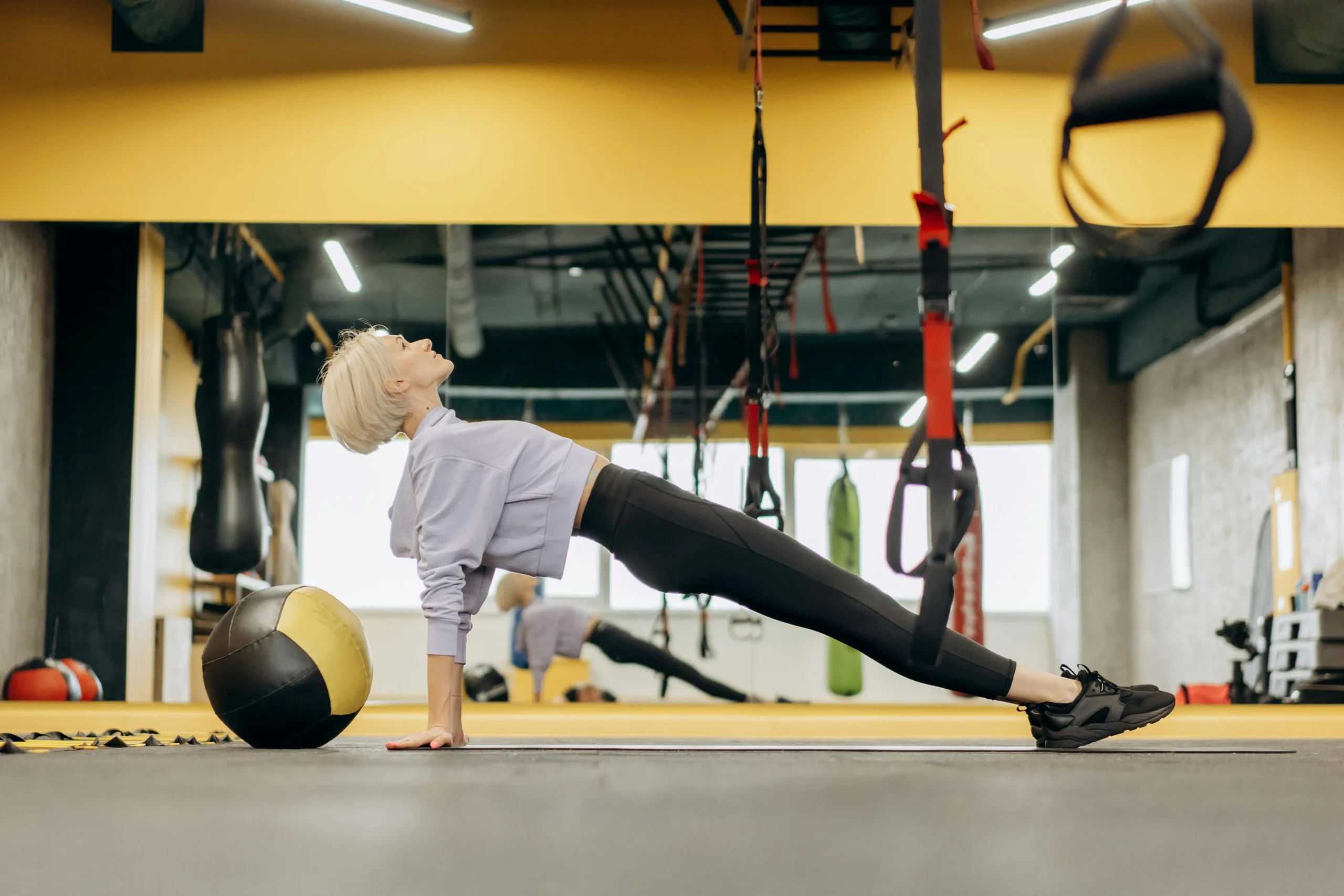Are you looking to improve your core strength and overall fitness levels? Pilates practices can be a fantastic way to achieve these goals. Pilates is a form of exercise that focuses on strengthening the core muscles, improving flexibility, and enhancing overall body awareness. In this comprehensive guide, we will explore how you can build your core strength through Pilates practices.
Understanding Core Strength and Its Importance
Core strength refers to the muscles in your abdomen, pelvis, lower back, and hips working together to support your spine and help you maintain proper posture. A strong core is essential for overall body stability, balance, and preventing injuries. Pilates exercises target these core muscles, helping you build strength, endurance, and flexibility.
The Benefits of Building Core Strength with Pilates
1. Improved Posture: Pilates helps you develop strong core muscles, which in turn, supports better posture by aligning your spine correctly.
Read also: Revitalize Your Health: Unwind with Stress-Busting Breathing Techniques
2. Increased Stability: A strong core enhances stability and balance, reducing the risk of falls and injuries.
3. Enhanced Flexibility: Pilates movements promote flexibility in the muscles and joints, improving range of motion.
4. Better Body Awareness: Pilates focuses on mind-body connection, helping you become more aware of your movements and alignment.
How to Start Building Core Strength with Pilates
1. Find a Qualified Pilates Instructor
Read also: Unlocking Mental Wellness: Embrace Vulnerability for Inner Strength
It’s essential to learn Pilates exercises correctly to reap the full benefits and prevent injuries. Look for a certified Pilates instructor who can guide you through the movements and provide modifications based on your fitness level.
2. Start with Basic Pilates Exercises
Begin with foundational Pilates exercises that target the core muscles, such as the Hundred, Roll-Up, and Plank. Focus on proper form and alignment to engage the core effectively.
3. Progress to Intermediate and Advanced Pilates Workouts
As you build strength and endurance, challenge yourself with more advanced Pilates movements that require greater core engagement. Exercises like the Teaser, Side Plank, and Leg Circles can help you further develop your core strength.
Tips for Maximizing Your Pilates Practice
- Consistency is Key: Aim to practice Pilates regularly to see significant improvements in your core strength and overall fitness.
- Focus on Breath: Coordinate your breath with each movement to enhance the mind-body connection and support muscle activation.
- Stay Mindful of Alignment: Pay attention to your body alignment during Pilates exercises to prevent strain and ensure effective muscle engagement.
- Listen to Your Body: Respect your body’s limits and modify exercises as needed to avoid overexertion or injury.
Tracking Your Progress
Consider keeping a Pilates journal to track your progress, set goals, and reflect on your achievements. Monitoring your core strength improvements can be motivating and help you stay committed to your Pilates practice.
Conclusion
Building core strength with Pilates practices can have a transformative impact on your overall fitness and well-being. By incorporating Pilates exercises into your routine, you can strengthen your core muscles, improve posture, enhance stability, and boost flexibility. Remember to start slowly, seek guidance from a qualified instructor, and listen to your body throughout your Pilates journey. Stay consistent, stay mindful, and enjoy the benefits of a stronger core through Pilates!
FAQ
What is Pilates?
Pilates is a form of exercise that focuses on strengthening the core muscles, improving flexibility, and enhancing overall body awareness. It emphasizes precision, control, and breathing techniques to engage the mind and body.
How does Pilates benefit core strength?
Pilates targets the deep muscles of the core, including the abdominals, obliques, and lower back muscles. By engaging these muscles through controlled movements, Pilates helps improve core strength, stability, and posture.
Is Pilates suitable for beginners?
Yes, Pilates can be modified to accommodate different fitness levels, including beginners. Starting with basic exercises and gradually progressing to more advanced movements can help beginners build strength and flexibility over time.
How often should I practice Pilates for optimal results?
For best results, aim to practice Pilates at least 2-3 times per week. Consistency is key to seeing improvements in core strength, flexibility, and overall body awareness.
Can Pilates help with back pain?
Yes, Pilates can be beneficial for individuals with back pain. By strengthening the core muscles and improving posture, Pilates can help alleviate back pain and prevent future injuries.
Do I need any special equipment for Pilates?
While Pilates can be done using specialized equipment like a reformer or a stability ball, it is also possible to practice Pilates using just a mat. Many Pilates exercises can be performed on the floor with no equipment necessary.
How long does a typical Pilates session last?
A typical Pilates session can last anywhere from 45 minutes to an hour, depending on the instructor and the focus of the class. Some studios offer shorter 30-minute sessions for those with limited time.
Can Pilates help with weight loss?
While Pilates alone may not lead to significant weight loss, it can be a valuable addition to a weight loss program. Pilates helps build lean muscle mass, which can boost metabolism and support weight loss efforts when combined with a healthy diet and regular cardiovascular exercise.
What are the differences between Pilates and yoga?
While both Pilates and yoga focus on mind-body connection and controlled movements, Pilates emphasizes core strength, stability, and muscular endurance. Yoga, on the other hand, emphasizes flexibility, balance, and relaxation through various poses and breathing techniques.
Is Pilates safe for pregnant women?
Yes, Pilates can be safe and beneficial for pregnant women when practiced under the guidance of a certified instructor. Modified Pilates exercises can help strengthen the core muscles, improve posture, and prepare the body for childbirth.
What is a professional’s opinion?
Dr. Jennifer Smith, a certified Pilates instructor and physical therapist, recommends Pilates as an effective way to improve core strength, posture, and overall body awareness. Incorporating Pilates into your fitness routine can help you achieve long-term benefits for your physical health and well-being.

